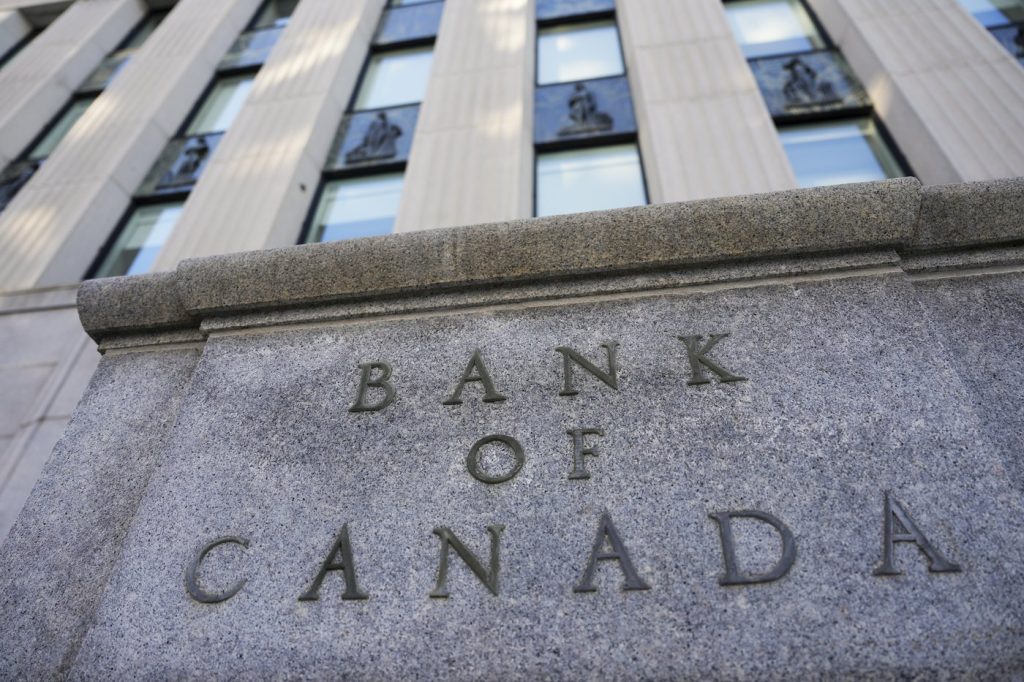OTTAWA – The Bank of Canada is poised to make a pivotal interest rate decision today, as the economy grapples with the implications of an ongoing trade war, particularly with the United States. This decision is critical for assessing how monetary policy can navigate the challenges posed by external economic pressures.
In its most recent announcement in March, the central bank lowered its policy rate by a quarter point, bringing it down to 2.75 percent. This move was seen as a response to various economic indicators that have raised concerns about growth prospects in the face of international trade tensions.
As markets prepared for today’s meeting, sentiment appeared divided: the bets regarding whether the Bank of Canada would choose to maintain the current rate or pursue further cuts were almost evenly split. This anticipation reflects the broader uncertainty surrounding economic conditions, particularly in light of recent data that might influence the central bank's decision-making process.
On the cusp of this meeting, Statistics Canada revealed that the annual inflation rate decreased to 2.3 percent last month, which adds another layer of complexity to the Bank's consideration of rate changes. Lower inflation could provide some leeway for the Bank to implement policy measures aimed at stimulating economic activity amidst the headwinds posed by tariffs.
The backdrop for this critical meeting is Canada's ongoing tariff dispute with the United States. Economists have expressed concerns that this trade war complicates the central bank's position, as the Bank of Canada finds itself unable to simultaneously address the economic fallout from the tariffs while also tackling potential price increases resulting from the trade tensions.
The Bank of Canada has clearly stated that the dual pressures of managing trade-related economic impacts alongside inflationary pressures create a challenging environment for monetary policy. As such, the decision made today has significant implications not only for Canadian economic stability but also for broader market sentiment and business investment decisions.
This situation highlights the intricate balancing act that central banks have to perform in times of economic uncertainty. The Bank of Canada's actions will be closely monitored, as they could set a precedent for future monetary policy in response to evolving economic conditions, both domestically and internationally.
As the meeting unfolds today, all eyes will be on the Bank of Canada's decision and the accompanying rationale. The outcomes of this decision could reverberate through various sectors of the economy, influencing everything from consumer behavior to business investment strategies.










